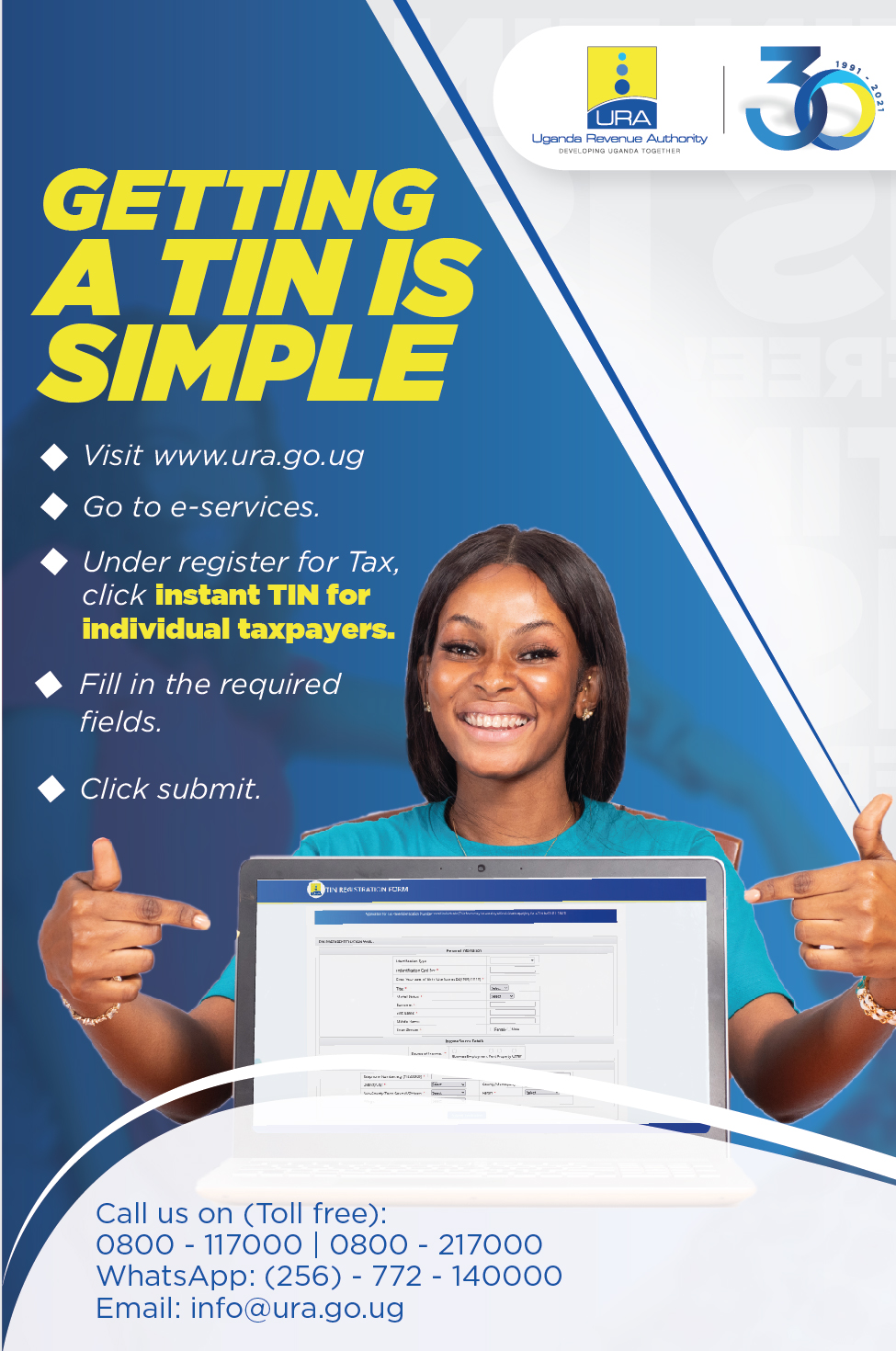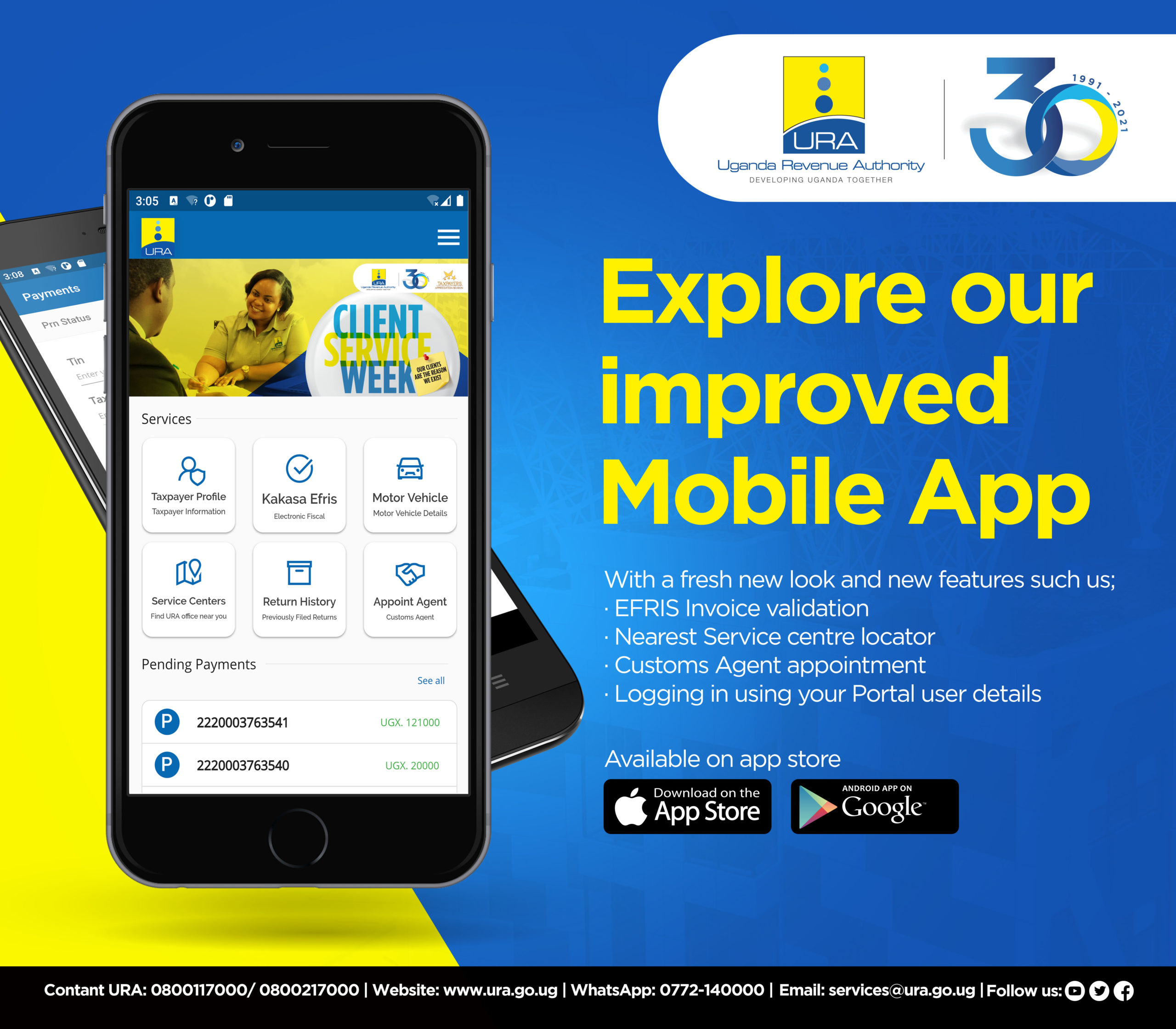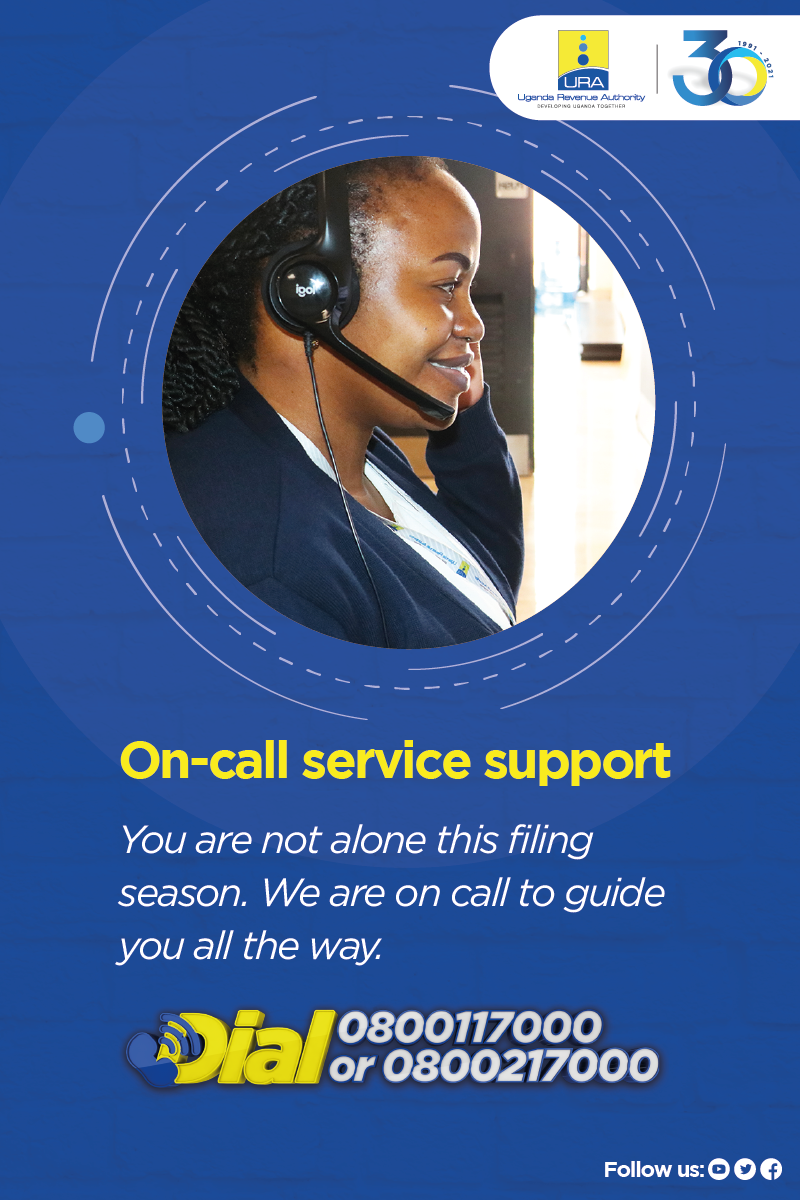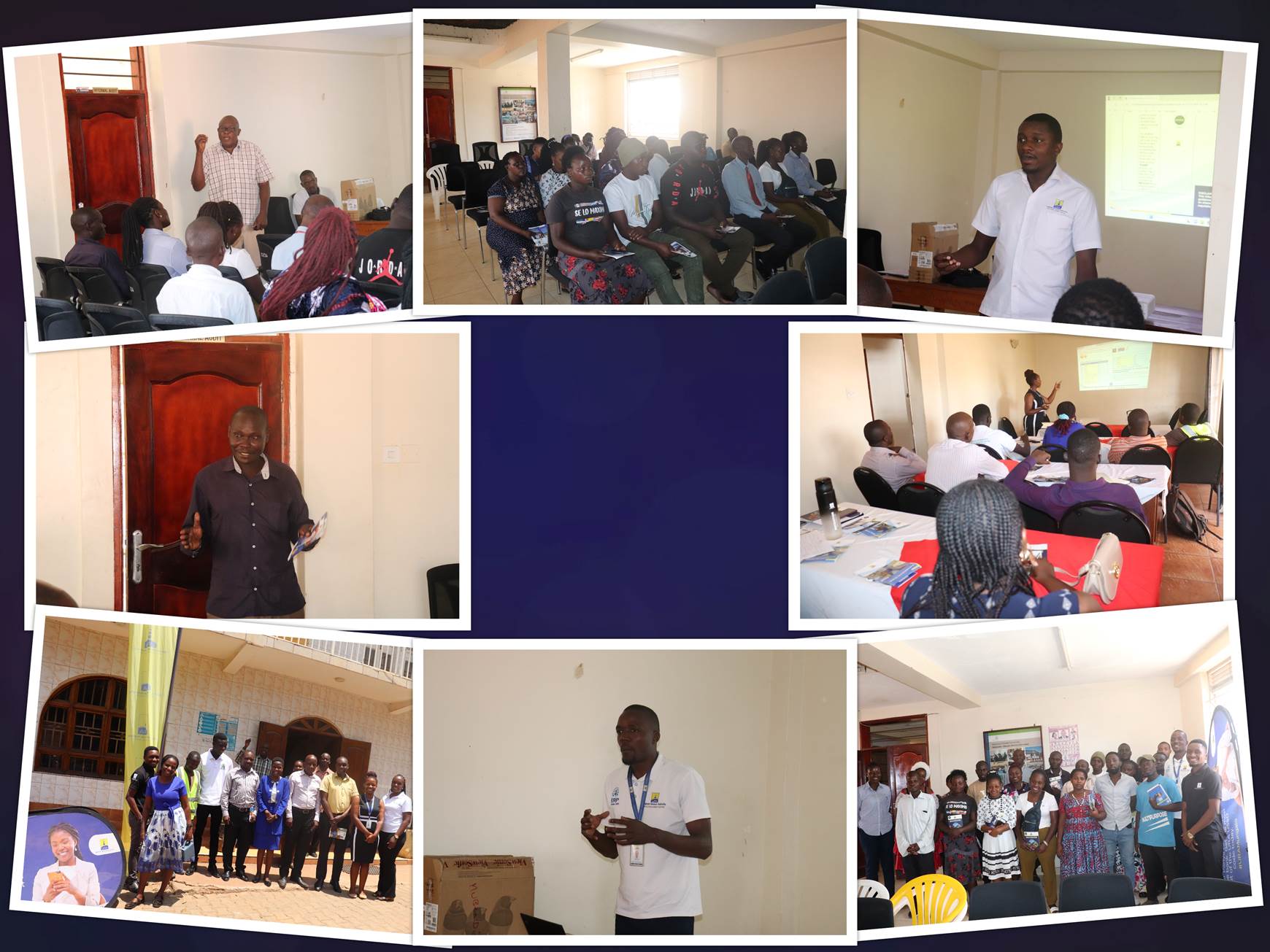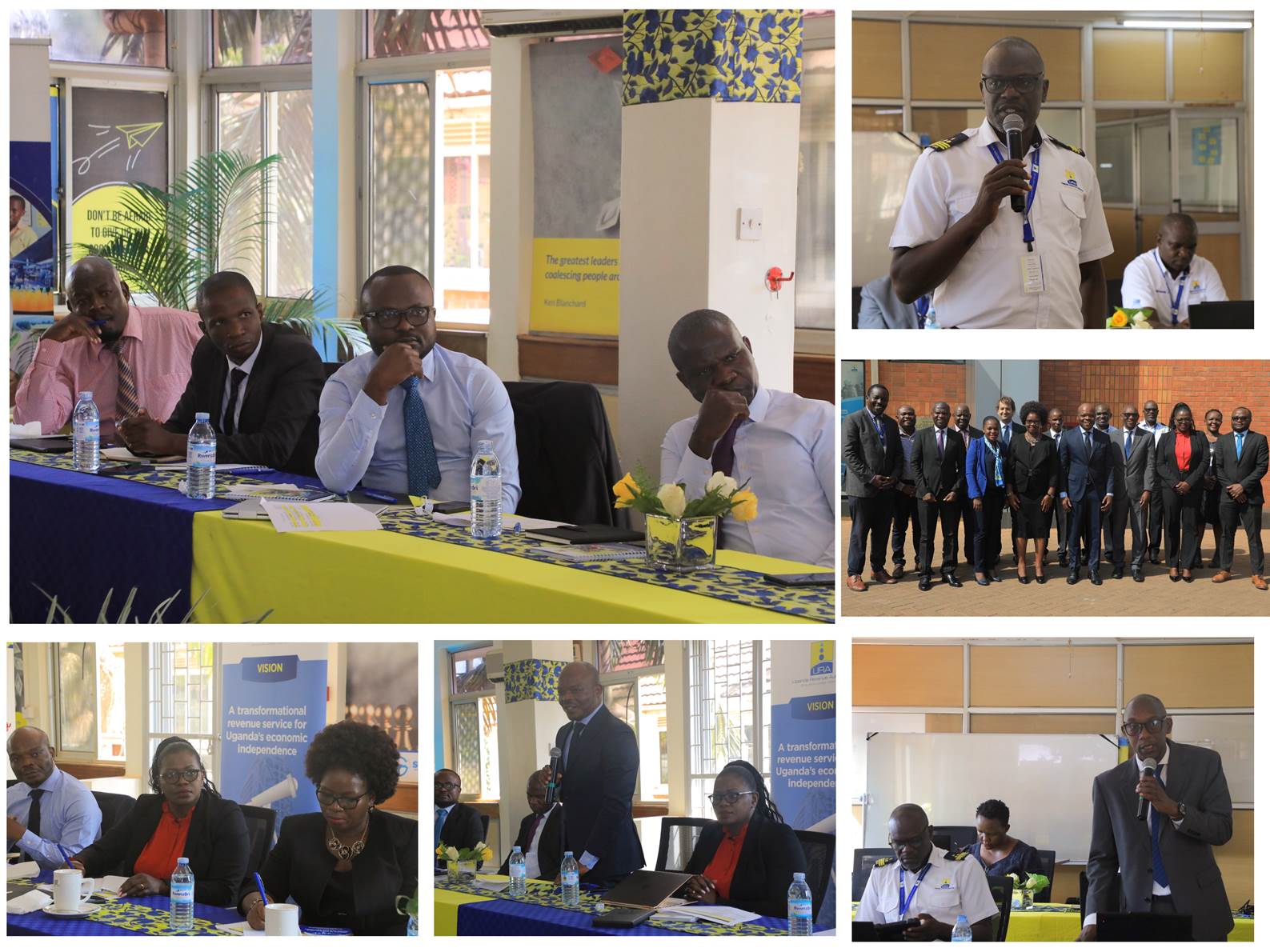In 2009, the Uganda Revenue Authority (URA) launched the eTAX system which came embedded with various returns in Excel format. However, these Excel format returns came with several challenges; they were complicated to fill, uploading of the returns would at times fail, and in the case of Local Excise Duty (LED) certain important aspects like validation of closing balances against opening balances of the preceding periods would fail. Additionally, the old Excel return required the taxpayers to input products in the template each time they were filing a return which was tedious and time-consuming. Clients with many transactions had to consolidate the data given that Excel only supports up to a certain number of fields. Further, still, not all Excel versions were being supported.
These challenges were compounded upon the introduction of the Digital Tracking Solution (DTS), as taxpayers had to register in two separate systems- the URA web portal to get a Tax Identification Number (TIN) or to amend the TIN for purposes of registering for Local Excise Duty, and the DTS platform to register their products of trade. This existence of separate registration platforms that were not well integrated created duplication and inaccuracy in the data captured. Consequently, the registration data collected in the two registration processes could not be matched during return filing thus leading to inaccuracy in revenue monitoring and an increase in the risk of revenue loss.
It is against this background that URA, in line with its goal of continually innovating to ensure taxpayers have a good client experience that enables them to meet their obligations with ease, launched a new web-based return to replace the Excel return effective November 2024. This innovation comes with several benefits for the taxpayers. While previously taxpayers dealing in excisable goods and services had to go through several processes to complete their registration for Local Excise Duty (LED), they can now amend their TIN profiles to add LED with details of their products and or services, and their factory or office locations. It is only upon completion of registration of all their products and or services that a taxpayer can file a web-based LED return. All the sections of the return are well-labeled to enable quick navigation. Payment of tax has also been made easier with online payment of the assessed tax enabled during return filing.
In the context of DTS, the web-based registration will also be the new registration point for all products under the DTS. Once a product is approved under DTS it is automatically sent to the DTS platform. Data is pre-filled from DTS and populated into the return on a daily basis. This means access to the DTS portal shall only be for ordering and activation of stamps
Transitioning to a web-based return brings on board numerous advantages for both taxpayers and URA including:
- Simplification in returns declaration as a taxpayer only registers once and the return is pre-populated. This will save both time and money.
- Improved accuracy in tax reporting.
- Reduction in audit risk and assessments.
- Increased operational efficiency.
- Predictable tax obligations to support business growth.
- Increased efficiency in tax administration.
- Transparency and data Integrity
- Improved revenue collection
URA encourages taxpayers to embrace this change as it will have many positive outcomes in the long run.
By Myra Iris Ochwo,
Manager Planning Domestic Taxes Department



